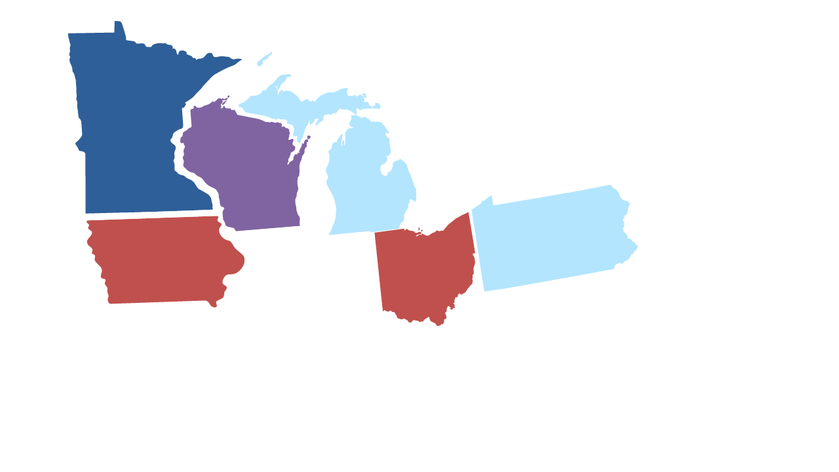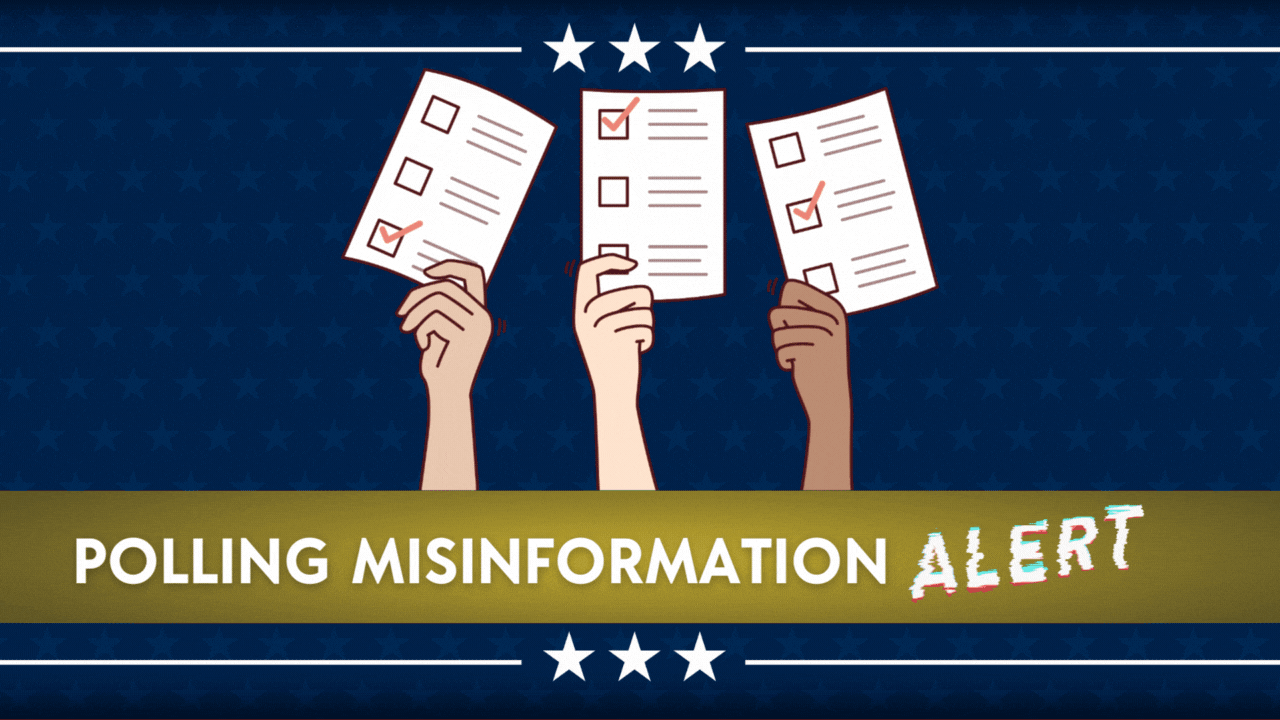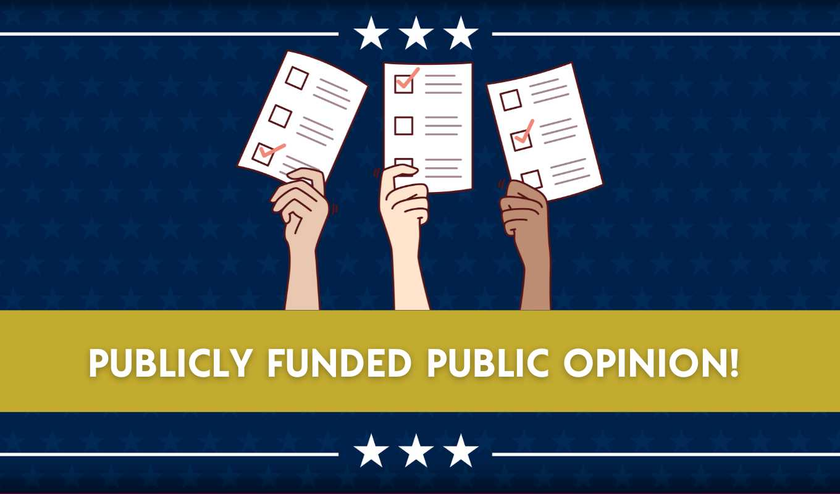
In 2020, the Epoch Times Rust Belt Poll conducted by Big Data Poll was a large proportional, representative sample including Iowa, Ohio, Michigan, Minnesota, Pennsylvania, and Wisconsin. The first and final two polls in 2020 were both Biden +2.
Granted, this is not 100% Apples to Apples, it's more like Red Apple to Green Apple. But it is interesting. I created a regrouped variable for those states and nested all demographics with it for the crosstab columns. The sample is a substantial 551 likely voters.
Trump leads the Republican primary field with 67.5%, while DeSantis trails in a distant second with 17.1%. Biden leads the Democratic field with 59.7%, with Kennedy also trailing in a distant second at 13.6%.
For 2024, Trump leads Biden 46.9% to 38.1%, with 7.5% choosing third party and 7.4% undecided. However, Biden leads DeSantis 38.3% to 33.9%, with 13.4% choosing third party and 14.4% undecided.
https://application.marketsight.com/app/ItemView.aspx?SharedFor=public%40bigdatapoll.com&SharedBy=34090&id=aff0e717-4b8f-4ab2-8632-b00800dbe652

On #InsideTheNumbers, 'THE PEOPLE'S PUNDIT' Rich Baris, Director of BIG DATA POLL, reacted to criticisms he's been too hard on President Donald Trump.
"First of all, let me just address that first and foremost. I'm a public opinion pollster. I'm not your friend. You don't own me. I'm not the 'Trump Pundit'. I'm not the 'Obama Pundit'. I'm not the 'Democrat Pundit'. I'm not the 'Republican Pundit'. It says 'People's Pundit'."
"My loyalty is to the people that I speak to every day. They don't have a voice."
Support the Public Polling Project!
https://www.bigdatapoll.com/public-polling-project/
Still Not a Locals Supporter?
https://peoplespundit.locals.com/
Join this channel to get access to perks:
https://www.youtube.com/channel/UCWubnBV028_4rVoDPt7FpNQ/join
On #InsideTheNumbers, 'THE PEOPLE'S PUNDIT' Rich Baris, Director of BIG DATA POLL, said "right now" it doesn't look like Republicans "will have the opportunity" to "earn the trust" of 2024 Trump OR Bust voters and "rebrand as America First."
He explains how legislative opportunities during the peak of the Trump Presidency have been squandered, and whatever course correction the president makes, won't necessarily benefit Republicans in the 2026 midterms.
"Their window to show the American people that, that is true, has closed."
Support the Public Polling Project!
https://www.bigdatapoll.com/public-polling-project/
Still Not a Locals Supporter?
https://peoplespundit.locals.com/
I feel like tearing off my clothes and dancing in the rain (snow on Tuesday). Ofc I'm entirely too old to do that. But...
We were SO right.
Here's Snoop, who rapped "F--K Donald Trump" in 2017, now performing at a Trump supporting inauguration party.
Watch Live 3:00 PM EST — Robert Barnes and Rich Baris discuss in detail bombshell results within the Public Polling Project for Early Spring 2021, and more civil unrest amid the trial of Derek Chauvin for the death of George Floyd.
Support the Public Polling Project
https://www.bigdatapoll.com/public-polling-project/
Locals Communities
https://peoplespundit.locals.com/
https://vivabarneslaw.locals.com/
Like on Facebook
https://www.facebook.com/PeoplesPunditDaily
Follow on Twitter
https://twitter.com/Peoples_Pundit
https://twitter.com/Barnes_Law
Theme Song: "Highway" By Grammy Considered Bowen Band
https://www.chrisbowenband.com/
Americans have been lied to by every major institution. Their inheritance is being squandered by people who preside over a broken, corrupted system that refuses to respond to their grievances.
People have been thrown in jail and Charlie was assassinated.
Nothing has been done about it and nobody has been held responsible for destroying the greatest nation in the history of human civilization.
Voters are DONE with performative politics. Those days are over.
Mark Mitchell and I will be laying it all out at AmericaFest 2025 w/ Turning Point USA next Saturday.
Gonna be 💥

That's what we love most about this place.
They do not forget.
Probably going to be a little late but definitely streaming today.
Just FYI.
Going to be difficult to do shows this week and next week. Too much to do with the travel schedule before Christmas and will end up just streaming on Locals best I can.


Watching people attempt to "unskew" polls conducted by all walks of this industry—ranging from Nate Cohn at The New York Times to Spencer Kimball at Emerson College to Tim Malloy at Quinnipiac—all to deny Donald Trump's gains against Joe Biden with various voting blocs, is more than a little sad.
The slew of recent polls over two weeks—to include no less than four today alone—have simply confirmed prior findings published from other pollsters who have previously been "unskewed". That includes your's truly and our work at BIG DATA POLL, Mark Penn at Harvard University, Patrick Ruffini at Echelon Insights, and many others.
I'm temped to equate this with an Occam's razor-like situation. But this debate is more about likelihood than simplicity.

Here's the Presidential Vote Preference Trend for Biden v. Trump going back to August 2020. The Public Polling Project did not begin asking the Rematch Question for 2024 until September 2021. However, we can still make some pretty important and interesting observations.















